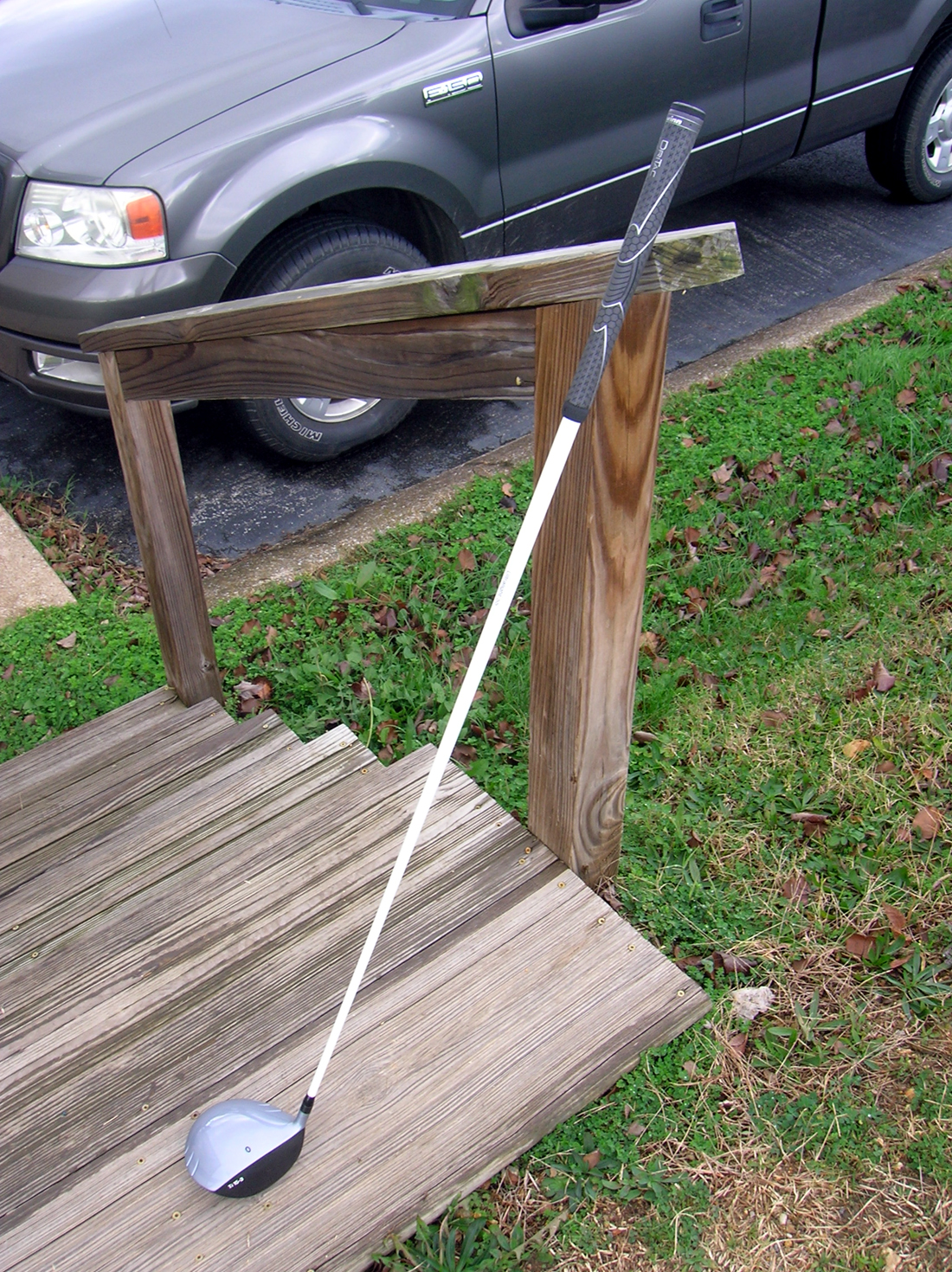
- Tpf golf drivers how to#
- Tpf golf drivers drivers#
- Tpf golf drivers driver#
- Tpf golf drivers full#
- Tpf golf drivers code#
If you move the weight toward the toe, the ball will be more inclined to fade or slice. This is the easiest adjustment to understand: the ball will go towards the weight. Also keep in mind that any of these changes can also affect the way the club feels during the swing. If you have a good grasp of Gear Effect, all of this will be very simple. Both of these systems are governed by the same rules, so I’ll focus on the types of movements/adjustments you can make and the effects they will have. When it comes to adjustable weights, there are essentially two types of systems: sliding weights and removable weights. The loft is adjustable across five degrees. Their STR8-FIT adapter has two rings: one for selecting loft, the other for selecting face angle (left, right, or straight). Nike is second only to Cobra in making hosel adjustments easy to understand. You can use the two rings to select a Neutral (N) or Draw (D) lie angle, and subtract 1° of loft or add 1° or 2°. This is a two-ring adapter, much like Titleist’s, but using it is much simpler. This sleeve allows you to add or subtract 2° of loft.Ĭallaway, like TaylorMade, has run through a number of different adapters over the last few years, but they seem to have settled on the Opti-Fit+.
Tpf golf drivers drivers#
Their current generation of drivers strive for simplicity with their “Higher” and “Lower” labels. No one has created more different adapters over the years than TaylorMade. The lie angle adjustments follow the same pattern. The loft adjustments range from subtracting 0.75° to adding 1.5°. It’s a two-ring adapter with four positions on each ring – 1,2,3,4 and A,B,C,D – allowing for a total of 16 settings.
Tpf golf drivers driver#
Titleist has used the same adapter since they got into the adjustable driver game (yay!), but it requires a reference card to use it (boo!). The “Draw” settings indicated a more upright lie angle. Each loft is clearly labeled, and the one you select shows up in a window on the hosel. True to their “golf should be fun” ethos, Cobra has the simplest, best-labeled adapter on the market. Remember, when you add loft, the face closes when you subtract loft, the face opens.

Then there are big and small plus and minus signs indicating that you can add or subtract 0.6° or 1.0° of loft. Ping’s G30 adapter is fairly straightforward: there’s a circle which indicates that the club face is square and has the stated loft.
Tpf golf drivers code#
This is code for making the lie angle flatter, neutral, or more upright, respectively. Instead of calling it a lie angle adjustment, most manufacturers talk about fade, neutral, or draw settings. The adjustment that most manufacturers have, but few talk about, is lie angle. Now, to get that face square at impact, you need to open that 10 degree driver a couple degrees, thus adding loft. By twisting it (changing the face angle), however, you are taking what was a 10 degree driver with a square face and making it a 10 degree driver that is, for example, 2 degrees closed. If it’s a 10 degree driver, it will always be 10 degrees, no matter how you twist it. Set it to the lowest loft and the face will be open.įor those interested in the “why,” here it is: the driver you bought only has one loft.

Set the driver to the highest loft and you’ll see a closed face. This is counterintuitive, but if you experiment with your own adjustable driver you’ll see that it’s correct. When you remove loft, you are opening the face When you add loft, you are closing the face. Here’s the simple version of the loft/face angle relationship: Here’s what you need to understand: adjusting the loft means changing the face angle and vice versa.


Six years later, the conversation has changed to adjusting loft. When TaylorMade launched the R9 family of drivers, they talked about hosel adjustments in terms of left and right, i.e.
Tpf golf drivers how to#
You aren’t sure how to adjust it Hosel Adjustments – Loft, Lie, and Face Angle
Tpf golf drivers full#
If you read through the thousands of comments that have been posted on, you’ll notice a few themes – people thanking us for our informative reviews, people telling us our reviews are crap, and people asking for recommendations – but the most frequently asked question is, “How do I adjust my driver?” With that in mind, I thought I’d write a full length explanation of how adjustable drivers work and how you can get the most out of them.


 0 kommentar(er)
0 kommentar(er)
